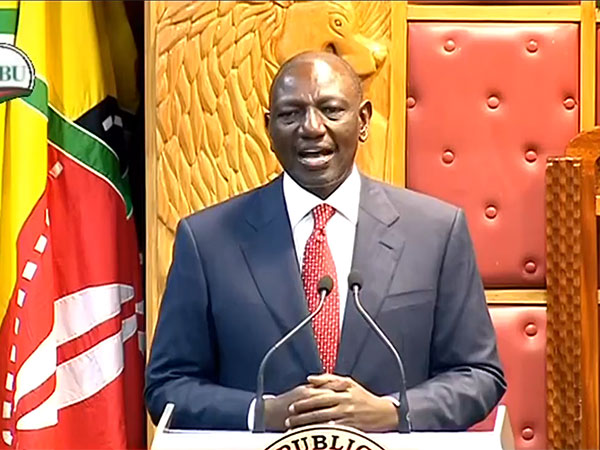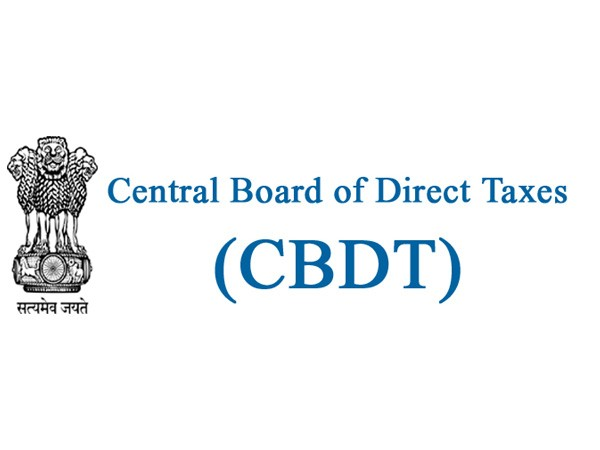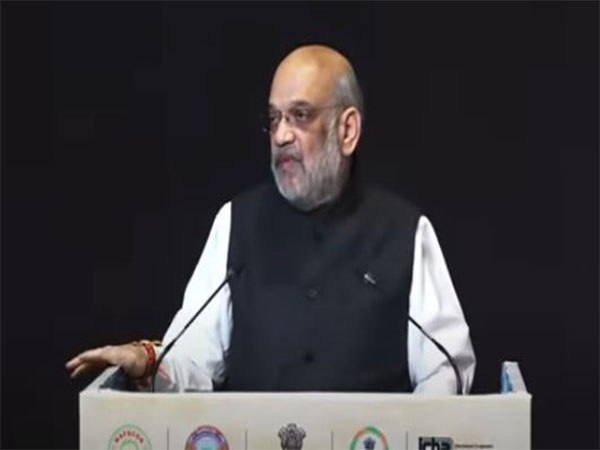
New Delhi [India], January 25 (ANI/Mediawire): Gold! It stirs many an emotion in an Indian family’s mind.
When gold demand picks up, the economics makes the policymaker’s plan shine. The joy that jewellery gives to women can be inexplicable for many. The comfort of revenues that taxes on gold can give to the policymakers can, similarly, be inexplicable.
Adding more jewellery makes perfect sense for the family. Multiplying revenues from taxes on gold does the same for those who make policy. Over the years, the government policy has sought to balance the sometimes-antagonistic demands of emotion and economics. Unfortunately, the two just do not seem to add up. With taxes that are incentivising the grey market and weak enforcement to check it, India could be missing the woods for the trees. Industry estimates suggest that in different parts of the country, 70 to 80 percent of gold demand is met through the grey market. The grey market could include financiers, trade channels and jewellers, for who higher import duty on gold is an arbitrage opportunity. If she chooses to address the issue of grey market for gold, the beneficiaries could be an unlikely ensemble for Finance Minister Nirmala Sitharaman.
“If the economics around gold can be simpler, our black money worries of the country can be addressed to a large extent,” M P Ahammed, Chairman, MalabarGroup of Companies which runs280 jewellery stores in India and abroad, said.
TAX TANGLE FOR GOLD
High import duty is seen as one of the key reasons for the thriving grey market for gold. The smuggled gold finds its way through retail jewellery outlets for consumers and no tax is paid onits sale. Unscrupulous jewellers offer an option of selling cheaper gold jewellery to customers without atax invoice, denying their rights and causing a loss to the exchequer. Occasionally, black money is also stored as gold bars since it is very liquid and can be converted easily. India is looking to export US$70 billion in jewellery export by 2025, against US$35 billion in 2020. The ambition to double the business faces some immediate hurdles since gems & jewellery exports dipped to US$25.30 billion in FY21. A friendly tax regime could drive this growth. Kerala, Tamil Nadu, and Punjab are estimated to be the biggest consumer markets for gold jewellery. For the country’s gold trade to grow, the grey market challenges faced by consumers and businesses must be addressed. The industry estimates that 20-30 percent of the gold jewellery sales is done through the organised retail stores. Multiply the figure for the entire country and, suddenly, a new source of revenue for the government could be created by tweaking the import duty to begin with. Imagine the boost to tax revenues for central and state governments if the business were to similarly flourish in other states!
GETTING THE DIGITAL EDGE
If the government can cut down the import duty for gold, it may well want to bring about other changes that can bring about a breath of fresh air.
“The entire gold transaction business can be controlled and monitored through e- governance and using digital technology by the government to ensure transparency. We have also asked for a reduction in import duty to 4 percent and GST to 1.25 percent,” M P Ahammed said. A one-time disclosure could be another option for the government. The six-digit alphanumeric code for hallmark unique identification (HUID) could be given to every piece of jewellery at the time of hallmarking and it is unique for every piece. Industry talk also confirms that there are fake HUIDs beinggiven with gold jewellery, which will need strong enforcement to ensure unhealthy practices can be stopped. Industry bodies are also asking for a cut in the taxes and duties levied by the government.
“In the budget expectation, we have written to the finance minister to bring down the import duty and GST on gold. This would give a huge boost to domestic consumption and also, deter its illegal parallel trade,” Ashish Pethe, Chairman, All India Gem & Jewellery Domestic Council said.
Several countries and regions – USA, UK, China, Singapore, Malaysia and GCC nations – have zero import duty on gold. This is a disincentive for the grey market, which can be kept in check. It also helps to keep a tab on the parallel economy. Can India add the extra sheen for the business of gold? Women buying jewellery could be happier, trade could welcome the move and the policymakers will have enough reasons to cheer the multiplier effect.
This story is provided by Mediawire. ANI will not be responsible in any way for the content of this article. (ANI/Mediawire)



















